
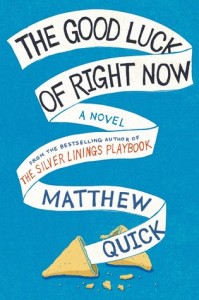 Title: The Good Luck of Right Now by Matthew Quick
Title: The Good Luck of Right Now by Matthew Quick Published by Harper
Published: February 11th 2014
Genres: Fiction
Pages: 304
Format: Trade Paper
Source: Library
Goodreads
I liked the premise of it, but like I mentioned in my Goodreads review, I thought the narrator made Bartholomew a bit slower than I probably would have imagined the character if I had read it instead of listened to it. It can be discerned from the story sometimes that the social awkwardness and social anxiety may place Bartholomew on the autism scale, but sometimes people who care for their overbearing, needy mothers in the way he did do end up being more socially reserved than others and not on the autism scale at all. I felt a lot of the story was too trite and stereotypical in a way that didn’t sit well with me. I don’t mind language, but one of the characters cannot speak two words before interjecting “fuck,” and the overuse of the word “retard” by the main character to describe himself got old and frustrating by the second time he used it. By about a quarter of the way through, I kept asking myself why I was still listening to it, and realized it was sort of like watching a train wreck. You don’t want to stop watching in case something better happens. Halfway through, I realized nothing better would happen and let it go.
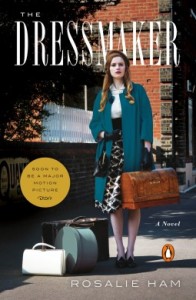 Title: The Dressmaker by Rosalie Ham
Title: The Dressmaker by Rosalie Ham Published: August 11th 2015
Pages: 288
Format: Trade Paper
Source: Library
Goodreads
The premise sounded so interesting! It’s going to be made into a movie! I don’t read many books about Australia! Unfortunately for me, the characters fell flat, there wasn’t any connection among all of the characters introduced by the time I was halfway through the novel, and I didn’t feel like I cared about any of the characters or what happened to them. I might give the movie a go if it ever comes to Netflix because sometimes these kinds of stories work better on film.
 Title: The Bad Beginning by Lemony Snicket
Title: The Bad Beginning by Lemony Snicket Published: September 30th 1999
Pages: 162
Format: Hardcover
Source: Purchased
Goodreads
I can’t believe this was released in 1999. I remember when it first came out, and it makes me feel a little bit old. I read this last year in hopes of reading all thirteen by the end of 2015, but that didn’t happen. With the announcement of Neil Patrick Harris’ casting in the role as Count Olaf in the new Netflix series, I decided that in 2016 I am going to read all of them. For whatever reason, I’ve never read the last three, so I’m excited to discover how this story ends. These are great books for everyone who likes a good deal of dark humor, word play, and shenanigans that play on popular tropes, so if you haven’t read them, do give them a go!
 Title: The Apple: New Crimson Petal Stories by Michel Faber
Title: The Apple: New Crimson Petal Stories by Michel Faber Published: September 7th 2006
Pages: 199
Format: Hardcover
Source: Library
Goodreads
Faber apparently wrote these to appease himself and his fans who wanted to know what happened after The Crimson Petal and the White ended. To me, they read as deleted scenes of sorts. Good in their own right, but not good enough in the context of the novel. I liked the story with Sophie the most because it offered a peek into a relationship arrangement that would be considered scandalous even today by some people, but it didn’t offer the sense of completion I was hoping for. C’est la vie.
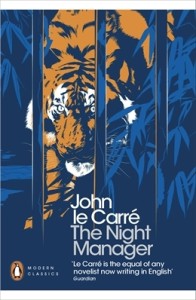 Title: The Night Manager by John le Carré
Title: The Night Manager by John le Carré Published: November 7th 2013
Pages: 473
Format: Trade Paper
Source: Purchased
Goodreads
The things I do for Tom Hiddleston? I liked Tinker, Sailor, Solider, Spy, which admittedly I read after seeing the film and enjoying Gary Oldman’s and Benedict Cumberbatch’s roles in the film. I really don’t know why I took so long to read this (literally from March 2015 to February 2016), but I think I attribute it to the fact that I read it before I went to bed/fell asleep, so my brain got in the habit of wanting to fall asleep soon after picking it up again. It got really good in the last quarter of it, and the amount of building up that it took to get to that point might be why I let it linger for so long. I’m looking forward to the BBC/AMC mini-series, and I think it will translate nicely to screen as le Carré’s works tend to do.
I think I might make this a regular feature. Here’s a little list of reviews for books I’ve read up until now. Some of them are rereads, some of them are books that I didn’t devote enough time outside of reading to devote a whole review post (like write down my favorite parts, keep notes in a notebook, etc.), some of them are books I didn’t finish. I’m going to start with the ones I didn’t finish, just because I’d rather get the not-so-great out of the way.

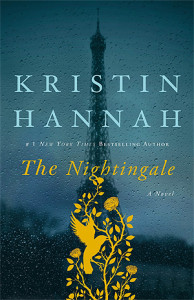 Title:
Title: 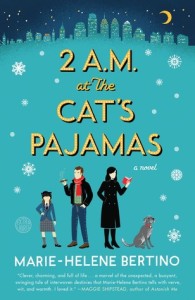 Title:
Title: 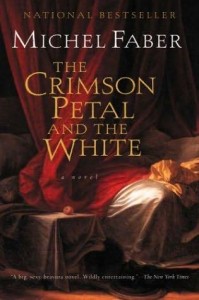 Title:
Title: 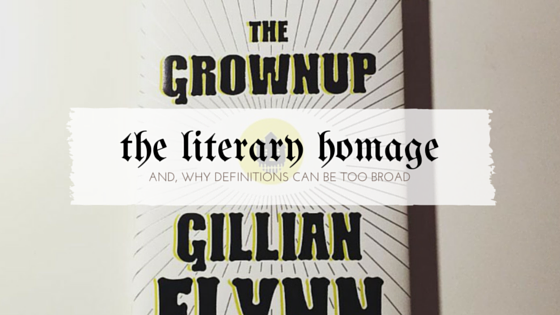
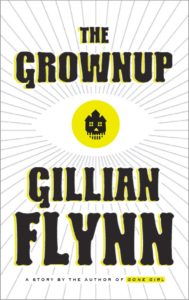 Title:
Title: